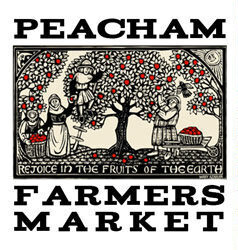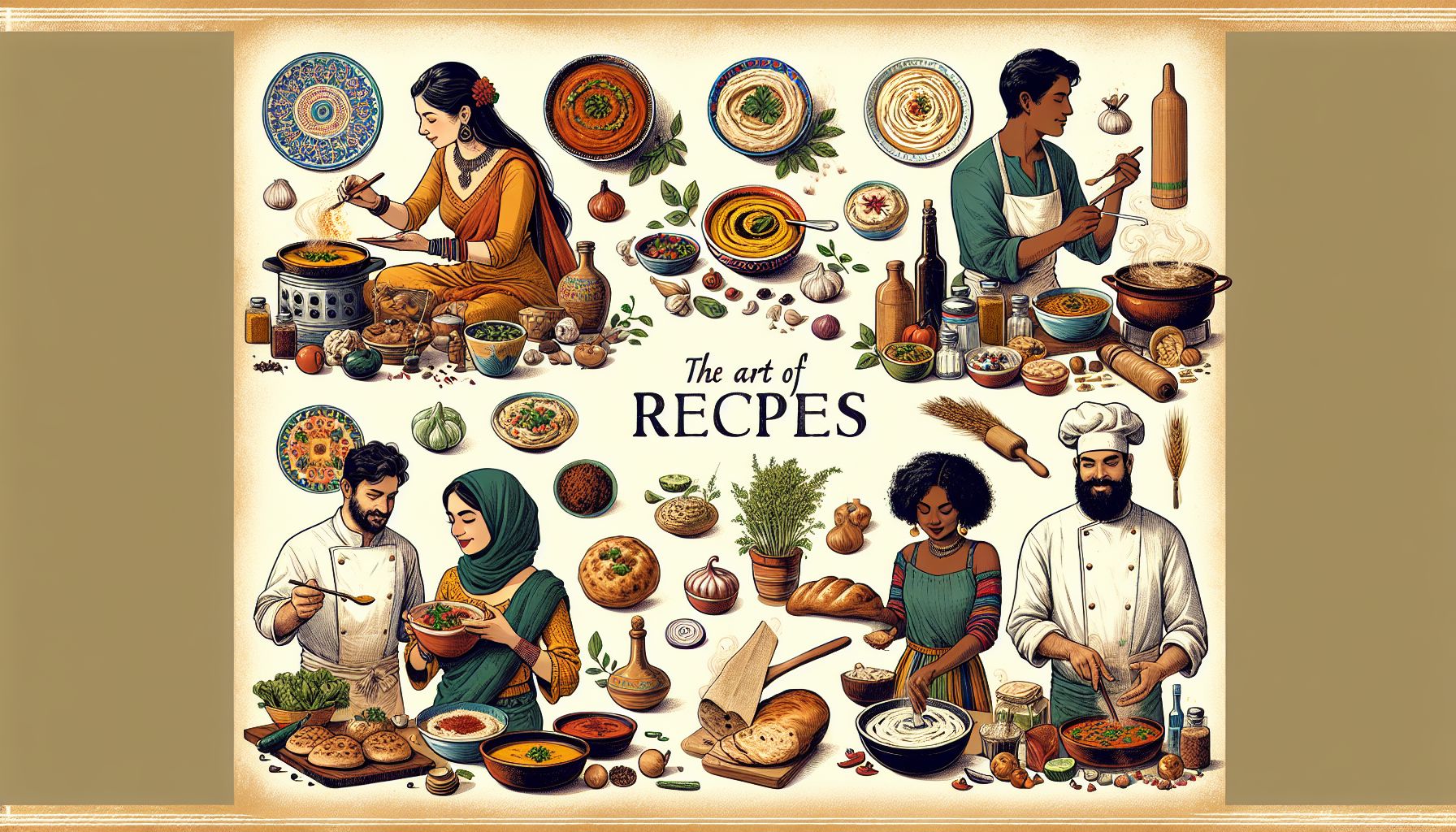From the savory aromas wafting from the kitchen to the cherished family customs passed down through generations, recipes hold a special place in our lives. They are a representation of cultural expression, family traditions, and a means of bringing people together. At their core, recipes are a reflection of the farming community and the sustainable practices that support our food supply. In this blog post, we embark on a culinary journey to explore the stories and traditions behind dishes and the vital role of farming in our food culture.
Cultivating Sustainability: The Backbone of Farming
Farming has always been an intimate and sacred bond between humans and the land. However, with the growing population and increasing demand for food, modern farming practices have evolved to meet the needs of a larger scale production. This has led to an increased dependency on technology and industrialized farming methods, which have had adverse effects on the environment. Sustainable farming practices aim to minimize this impact by promoting biodiversity, preserving natural resources, and reducing pollution.
With the use of crop rotation, natural fertilizers, and integrated pest management, sustainable farming not only ensures a healthier environment but also produces high-quality and nutritious crops. As consumers, we play a critical role in supporting sustainable farming by choosing locally and ethically sourced foods. By doing so, we not only contribute to a greener planet but also support the livelihood of farmers and their communities.
Recipes: A Cultural Bridge
As we travel around the world, we encounter a diverse range of cuisines, flavors, and cooking techniques. Each dish carries a unique history, often rooted in cultural traditions and passed down through generations. Recipes have the power to transcend borders and bring people together, making them an essential aspect of cultural exchange.
Take the Indian dish of biryani, for example. With its origins in Persia and infused with the rich spices of India, this flavorful rice-based dish is a symbol of the country’s cultural diversity. Similarly, the Italian pasta dish, spaghetti carbonara, has a history rooted in war and poverty, but has now become a beloved comfort food around the world. By exploring the stories behind dishes, we gain a deeper understanding of different cultures and their culinary traditions.
Tips for Perfecting Dishes and Exploring New Flavors
Now that we’ve delved into the cultural significance of recipes, let’s talk about perfecting those dishes in your own kitchen. Whether you’re a seasoned chef or a beginner in the culinary world, the key to a great dish is understanding the importance of freshness, quality ingredients, and attention to detail.
When trying out new recipes, it’s important to follow the instructions carefully, but don’t be afraid to make it your own. Experiment with different combinations of spices, herbs, and ingredients to create a dish that suits your personal taste. And don’t forget the role that love and passion play in cooking – it can truly make all the difference in the final result.
The Future of Farming and Sustainable Living
As we continue to explore new flavors and discover the stories behind dishes, it’s crucial to consider the future of farming and its impact on sustainable living. By supporting sustainable farming practices and choosing ethically sourced foods, we can contribute towards a greener and healthier future. Additionally, reducing food waste and minimizing our carbon footprint through conscious consumption can also play a significant role in promoting sustainable living.
In conclusion, recipes are not just a set of instructions to create a delicious dish, but a representation of our connection to the land and each other. By exploring the cultural stories and traditions behind different cuisines and supporting sustainable farming practices, we can preserve the rich diversity of food and ensure a better future for generations to come. So next time you try out a new recipe, keep in mind the stories and traditions that make it so much more than just a dish on your plate.

